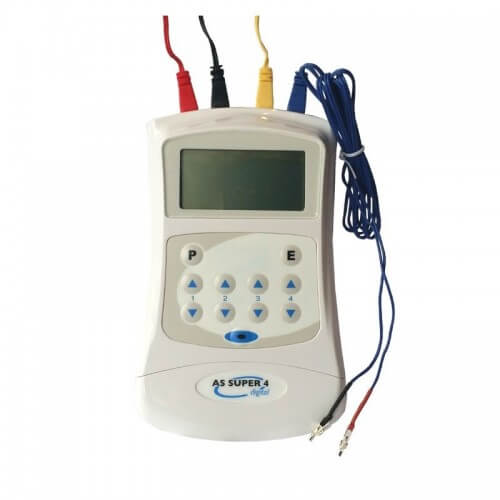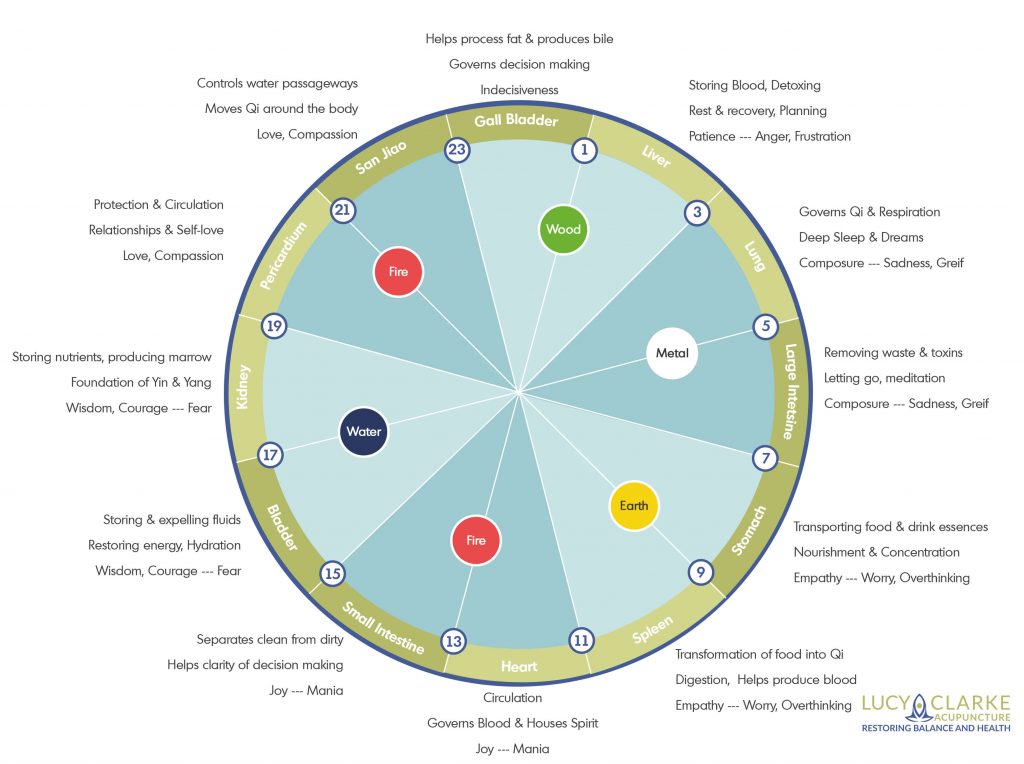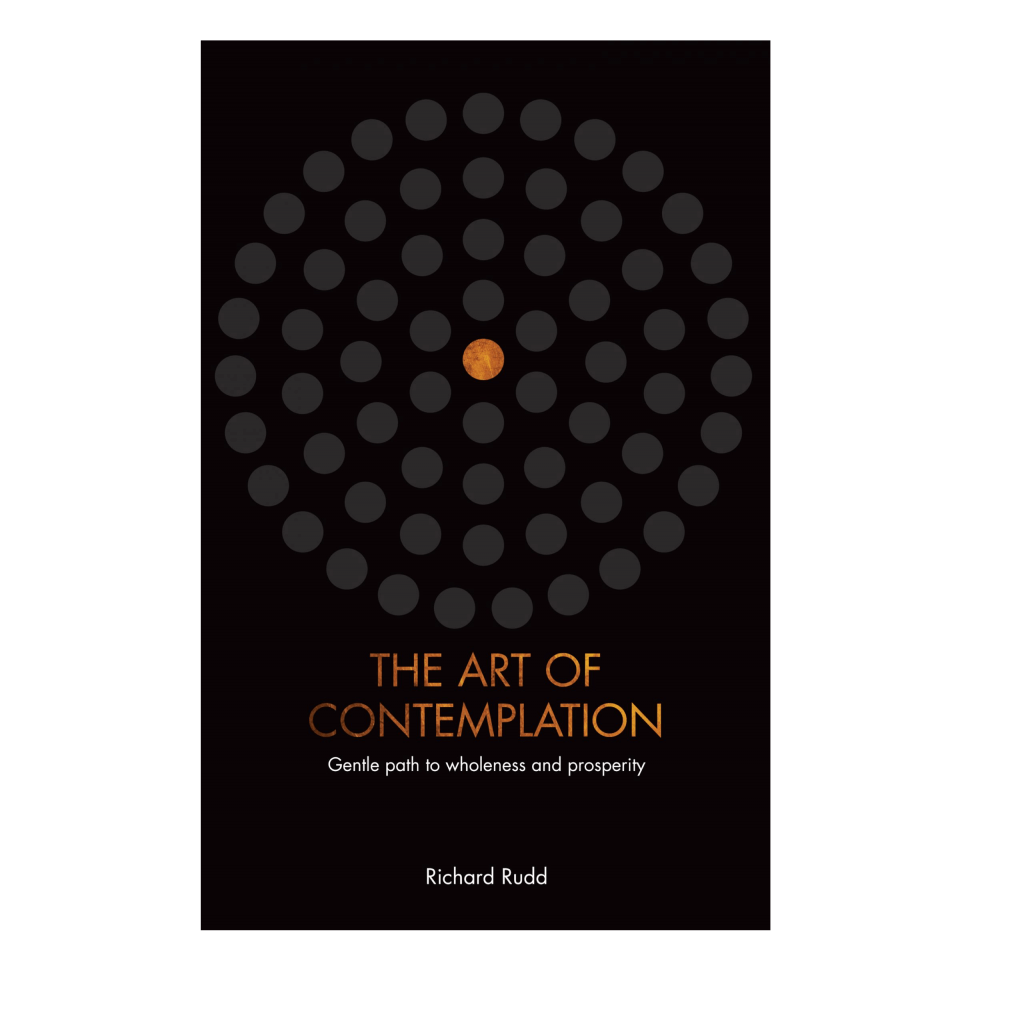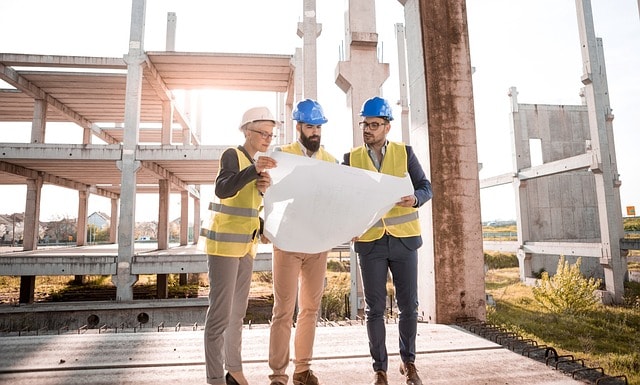What is Electro-acupuncture and how can it help me? The post What is Electro-acupuncture and how can it help me? appeared first on Lucy Clarke Acupuncture.
I have recently completed further training in Electro-acupuncture with my regulatory body BMAS (British Medical Acupuncture Society). They train practitioners in Western Medical Acupuncture and a large aspect of their training and research is on the physiological mechanisms involved in acupuncture.
My main reasons for this additional training were to update my knowledge on the latest research on the best frequencies and times for treating pain conditions, and learn the type of stimulation which produces optimal anti-inflammatory affects. I found the course really interesting as it also covered the following –
– What are the actual effects of electricity on the body and healing?
– Why needles placed away from the problem area also promote healing?
– How acupuncture works to release neurochemicals that alter pain signals?
– How electro-acupuncture can speed healing and recovery times?
Although this is fairly technical and a bit geeky, I find it fascinating to understand what is going on in the human body and also how Electro-acupuncture came to be used alongside both Traditional Acupuncture and Western Medical Acupuncture.
History of EA
Despite what people may initially think, Electro-acupuncture is not a new addition to acupuncture treatment and it was first documented many years ago. In fact, the use of applying electricity to the human body for healing started even further back. In 400 BCE Hippocrates mentions treating headaches and arthritis both with electric rays and also a Nile electric catfish. Jump forward in time about 2000 years to Japan in 1764CE where a more modern approach was being taken and a friction generator was being used to treat muscles spasms and paralysis in the body.
Less than 60 years later in 1823CE, two Frenchmen Louis Berlioz and Jean-Baptiste Sarlandiere documented how both muscles and nerves had been stimulated by electricity applied to acupuncture needles and that [electro-acupuncture is] “the most proper method of treating rheumatism, nervous afflictions and gout”. They also treated asthma, migraine and various forms of paralysis with Electro-acupuncture. There is also an article in the BMJ in 1921 describing sciatica being treated with Galvanic Acupuncture.
It is not clear to me when exactly Traditional Chinese Medicine, TCM, first adopted and advanced Electro-acupuncture. Although I did find out in 1972, Hsiang-Lai Wen, a Neurosurgeon travelled from Hong Kong to Mainland China to learn acupuncture and then started using this technique for anaesthesia in surgery when needles were connected to electrical stimulation. He went on to treat patients with opioid addiction with Electro-acupuncture.
I visited China just over 30 years later in 2006, and when observing treatments in a busy hospital acupuncture department, electro-acupuncture was common-place and patients would receive frequent, sometimes daily treatment for pain and neurological conditions.
So, what exactly is Electro-acupuncture?
Acupuncture needles are placed in the body and then connected together using small clips and a wire connected to a device that delivers small electrical impulses or current. A pair of needles and the wire are connected to form a circuit and, often, several pairs of needles are stimulated at the same time.
The device is adjustable so you can alter the frequency and intensity of the pulse that is delivered. The machines adhere to strict safety standards are I always prefer to use batteries and never attach the machine to a mains socket.
So, rather than manually manipulating the needles by hand, the machine stimulates the needles in a more constant, repetitive way.

My new Electro-acupuncture machine
When do I use Electro-acupuncture in clinic?
Well, that very much depends on the condition I am treating, patient preference and their response to manual acupuncture. Electro-acupuncture can be integrated in with both Traditional Acupuncture and Western Medical Acupuncture and very often there is cross over in the theories and application. That said, throughout my years in practice I have observed that certain conditions respond better to different uses of Electro-acupuncture.
Electro-acupuncture and Western Medical Acupuncture
When treating what are commonly termed Musculoskeletal conditions, Electro-acupuncture successfully treats a variety conditions, especially those that involve pain and inflammation. With this type of treatment, points needled are stimulated in a particular way. Very often Trigger points and Motor points are used. Here I prioritise anatomical local needling for reducing inflammation, increasing blood circulation and dilating blood vessels.
Adjacent points are frequently used to produce segmental effects, which send messages via the spine and central nervous system to corresponding areas in the body. Finally, distant points are selected as they have been found to elicit changes in brainwaves and release neurochemicals, which alter a person’s experience of pain which then supports healing and recovery.
Examples of conditions include Musculoskeletal pain from physical trauma, accidents, pre or post-surgery, repetitive strain injuries and degenerative conditions such as arthritis. For chronic and acute pain treatments particular frequencies and intensities are selected for a set length of time.
Electro-acupuncture and Traditional Acupuncture
When Electro-acupuncture is used applying Traditional Acupuncture theory, the treatment has a different focus; treatment objectives differ and the types of condition and how they respond also vary.
Conditions include systemic imbalances, very often with more chronic conditions. Some examples include treating fertility issues, hormonal imbalances, digestive conditions and fatigue; along with some psycho-emotional issues such as anxiety and depression. All these conditions can have physical symptoms in the body even though Traditional Acupuncture views the root cause as a systemic, energetic imbalance.
Treatment for these conditions involves selecting and stimulating acupuncture points based on particular energetic functions and due to their location on energy pathways that are called acupuncture channels. The point selection incorporates the point’s ability to disperse or tonify fundamental substances that acupuncturists refer to as Qi (Energy), Xue (Blood), Shen (Spirit), Jin Ye (Body fluids) and Jing (Essence). By balancing and regulating these, the aim is to restore balance and health.
Which is better?
Each style is good for different conditions. Sometimes, they are used in combination throughout the course of acupuncture treatment as one style and theory is more beneficial to the patient at a particular stage in healing and recovery.
There are also conditions where the cause of the problem may be unclear e.g. headaches or migraines. These may be due to muscle tightness, neck strain or eye-strain, thus selecting points anatomically using a Western approach is preferable. When the route cause of the headache is stress or a hormone imbalance, I choose to treat using traditional principles and restore energetic balance. Here, the root cause and the symptoms are treated in combination. After assessing the condition I will know which style of treatment to proceed with.
So, what is actually happening in the body?
Simply put, there are two key mechanism involved in Electro-acupuncture. The first is the effect of inserting the needle into the selected location and the changes this makes to the surrounding tissue and physical structure. This is also involved in manual acupuncture. The second is that during Electro-acupuncture an electric charge forms on the needle tip and shaft of the needle and this begins to affect the surrounding cells.
This small electric charge then changes the ionic balance in surrounding cells. The human body is basically a slightly charged ionic soup. In the body, around the cells, the blood and the interstitial fluid, there are charged particles called ions. These include Sodium, Potassium and Calcium ions. You may have heard of ionic sports drinks, dehydration salts and medications called potassium channel blockers. They all work by helping to restore the body’s ionic balance and help the cells communicate more effectively with each other again.
During Electro-acupuncture, the ions in the body get exited and start communicating with each other more often when they are charged. This is done by adding a small repetitive current to the acupuncture needles during the treatment.
For readers like me interested in some of the finer details, here is a more technical explanation. An electric field is created around the negative needle while the pulse is active. Changes to local cells alter the membrane potential in nearby nerves and this results in a chemical reaction in the body opening sodium channels and depolarising nerves. As the strength of the field is increased, more nerves are recruited and the sensation perceived by the patient also increases in intensity.
What does Electro-acupuncture feel like?
The aim is to stimulate the needles and surrounding tissue enough to create change but not too much to cause discomfort. Not enough stimulation will not produce the desired effects; however, too much stimulation can actually have a negative effect on the body or condition. The majority of people feel a pulse, a tingling or warmth. Sometimes it is desirable to get a twitch response or contraction in a muscle as the pulse or charge comes and goes.
The skill involved is to select the correct intensity for the condition and patient. There is now a lot of published research and clinical experience documenting which levels of Electro-acupuncture treat different conditions optimally.
My patients are always in control of the intensity of the Electro-acupuncture and communication throughout the treatment about what they are experiencing ensures stimulation levels remain comfortable and produce optimal results.
Treatment results depend on the condition treated. For pain conditions, especially, this involves regular weekly treatments. When pain is severe, 2-3 times per week until pain levels decrease to a manageable level. This may seem intense but when living with a pain condition or waiting for surgery this provides great relief.References
Mayor D (2007) Electroacupuncture: A practical manual and resource Churchill Livingstone
British Medical Acupuncture Society Electro-acupuncture Course notes 11/6/2020
The post What is Electro-acupuncture and how can it help me? appeared first on Lucy Clarke Acupuncture.











